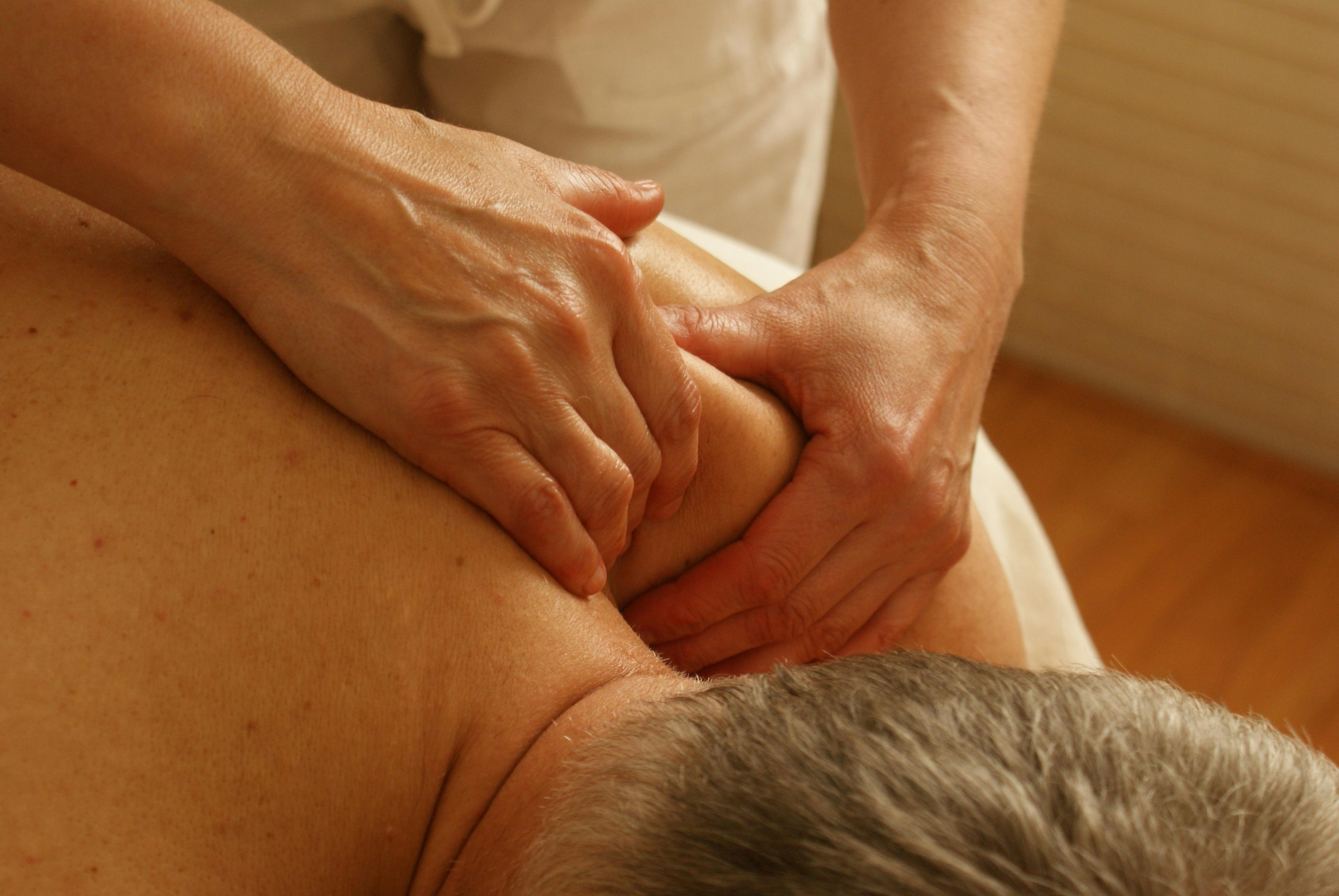
The Role of Physical Therapy in Post-Surgical Recovery
Physical therapy accelerates healing, restores movement, and minimizes complications after surgery.
Feb 21, 2025
Recovering from surgery can be a challenging process, and physical therapy plays a crucial role in helping patients regain strength, mobility, and independence. Whether recovering from orthopedic, cardiac, or neurological surgery, a structured rehabilitation program can significantly improve outcomes and speed up recovery.
Why Physical Therapy is Essential After Surgery
Surgery often results in pain, swelling, and limited mobility. Without proper rehabilitation, these issues can persist, leading to complications such as stiffness, muscle weakness, and even long-term disability. Physical therapy provides targeted exercises and treatments that help manage pain, restore movement, and promote overall healing.
One of the main goals of physical therapy is to prevent complications like blood clots, infections, and post-surgical stiffness. Engaging in controlled movement under the guidance of a therapist ensures that the body heals correctly while reducing the risk of further complications.
Types of Surgeries That Benefit from Physical Therapy
Post-surgical rehabilitation is vital for various types of procedures, including:
Orthopedic Surgeries – Joint replacements, ligament repairs, and spinal surgeries require extensive rehabilitation to restore function.
Cardiac Surgeries – After procedures like bypass surgery or valve replacements, physical therapy helps improve cardiovascular endurance and lung function.
Neurological Surgeries – Patients recovering from brain or spinal surgeries benefit from therapy to regain motor skills and coordination.
Abdominal and General Surgeries – Even after procedures such as hernia repair or cesarean sections, therapy aids in mobility and prevents post-operative complications.
Stages of Post-Surgical Rehabilitation

Early Recovery Phase
In the initial days after surgery, the focus is on pain management and preventing complications. Physical therapists often guide patients through gentle movements, breathing exercises, and techniques to reduce swelling.
Intermediate Phase
As healing progresses, the goal shifts towards restoring mobility and strength. Patients engage in controlled exercises that improve flexibility, balance, and endurance. Therapists may also incorporate manual therapy techniques to reduce stiffness and enhance circulation.
Advanced Recovery and Return to Function
In the final phase, therapy is focused on regaining full functionality and independence. Exercises become more intensive, often mimicking daily activities to ensure patients can return to their normal routines. For athletes or physically active individuals, sport-specific training may be included.
Key Benefits of Physical Therapy After Surgery
Pain Management – Techniques such as manual therapy, ice/heat therapy, and targeted exercises help reduce pain without relying solely on medication.
Improved Mobility and Strength – Structured exercises rebuild strength and flexibility, helping patients move with ease.
Faster Healing – Controlled movement stimulates circulation, reducing swelling and promoting tissue healing.
Prevention of Complications – Movement prevents issues like deep vein thrombosis (DVT) and post-surgical adhesions.
Increased Confidence and Independence – Regaining mobility empowers patients to resume daily activities without fear of re-injury.
Tips for a Successful Post-Surgical Recovery
Follow Your Therapist’s Guidance – Sticking to the prescribed therapy plan ensures optimal recovery.
Stay Active, But Avoid Overexertion – Gentle movement is crucial, but pushing too hard can lead to setbacks.
Maintain Proper Nutrition – A balanced diet aids in tissue healing and overall recovery.
Communicate Any Concerns – Inform your therapist about pain levels, discomfort, or challenges in mobility.
Conclusion
Physical therapy is an essential component of post-surgical recovery. It not only enhances healing but also prevents long-term complications, allowing individuals to regain mobility and independence faster. By following a structured therapy program, patients can achieve a smoother recovery and return to their daily activities with confidence.



